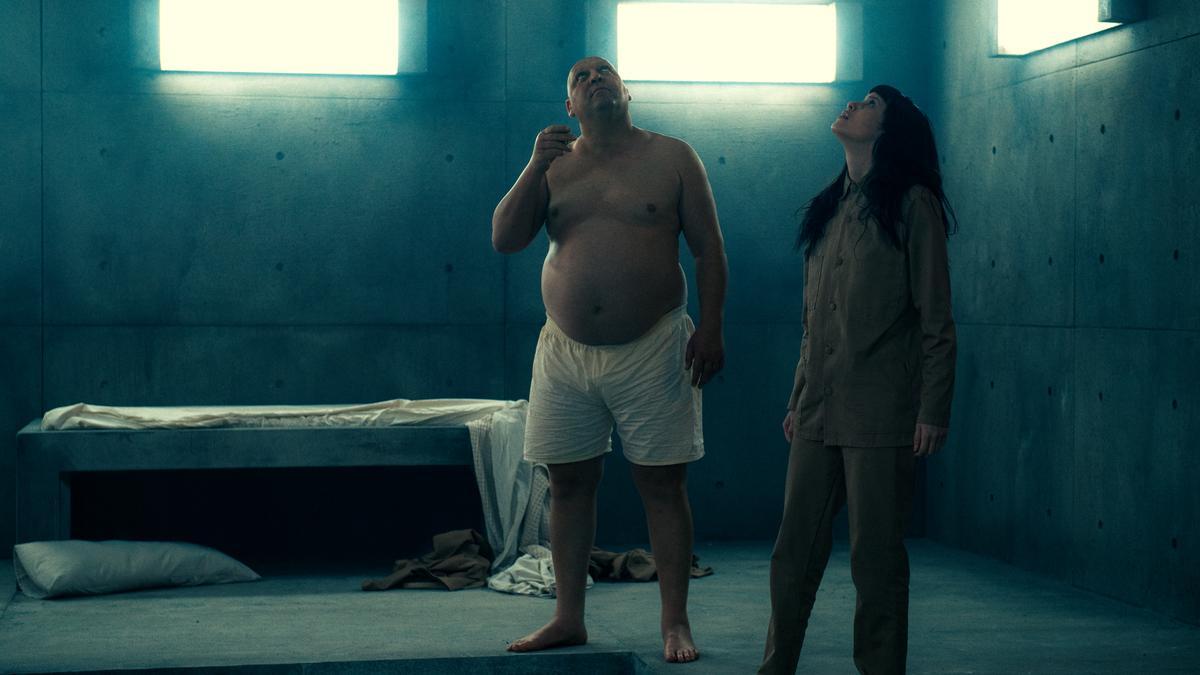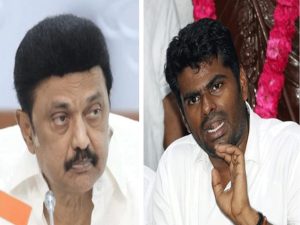
The cinematic world is awash with sequels, many of which struggle to capture the essence that made their predecessors successful. Netflix’s Spanish dystopian thriller, The Platform, originally captivated audiences with its unique premise and biting commentary set against a backdrop of societal metaphors. Now, it makes a return with The Platform 2, a follow-up that attempts to delve deeper into the labyrinth of its thematic darkness. Released amid a barrage of sequels, it seeks to enrich the original’s narrative fabric but finds itself ensnared in its own complexity.
The Platform, the first film, introduced viewers to the unnerving ecosystem within a “Vertical Self-Management Center.” Residents, shuffled between floors monthly, receive nourishment from a platform laden with food that descends through the levels. Unsurprisingly, by the time it reaches the lower levels, little is left, generating chaos and conflict. It was an innovative approach that kept audiences riveted, albeit often prompting viewers to scrutinize the symbolism intently.
In stark contrast to how sequels often unfurl, The Platform 2 plunges immediately into the fray without a preamble, allowing no time for retrospection before diving into the narrative. This second chapter in the saga reveals a more structured system within the pit. Through a series of interwoven scenes, we observe inmates selecting their preferred dishes, which they must stick to when the platform arrives or negotiate swaps with fellow residents. Naturally, the fragile order shatters as rules are inevitably broken, prompting speculation over whether the implementation of such a system was judicious to begin with.
The Platform 2 endeavors to expand the mythology introduced in its predecessor, preserving elements that gave the original its distinct edge. Maintaining a brisk pace, the sequel attempts to mitigate the monotony of its singular setting—a feat accomplished with some success. Leveraging its allegorical heft, The Platform 2 explores moral decay through the lens of its protagonists, Perempuan (Milena Smit) and Zamiatin (Hovik Keuchkerian), as they are thrust into situations mirroring societal disintegration.
. They become entangled with “the anointed ones,” individuals entrusted with enforcing the rules, invoking themes of hierarchical balance and ethical decay.
With a plot rife with metaphor and commentary, the film unabashedly attributes to theological motifs—particularly within Christian symbolism. The mysterious ‘Master’ figure draws parallels to a messianic archetype, an image conspicuously echoed in a fantasy sequence where Perempuan envisions an iteration reminiscent of The Last Supper. Numerology also makes a conspicuous appearance, notably in the platform’s 333 levels, housing two inmates apiece, collectively conjuring the ominous number 666.
The narrative chronicles Perempuan’s evolution from a passive observer to a cultist indoctrinated into the enforcement ranks, ultimately rebelling against the foreboding system. In its portrayal of this character arc, the filmmakers find solid footing, painting a picture of complexity and revolt. Intriguing nuances manifest themselves—such as the ongoing presence of her cellmate’s conversion into an imaginary friend—evoking echoes from the original film and offering reflections on her life’s trajectory both inside and outside the facility’s bounds.
Riveting as it might sound, The Platform 2 stumbles where it fails to let its most poignant moments simmer and resonate with its audience. Transient secondary characters flicker briefly, leaving little room for an emotional connection or depth. Unlike the clear journey audiences undertook with Goreng in the first film, this sequel struggles to humanize its cast in a relatable manner. The ease with which the loyalists resort to violence to maintain order contrasts the profound psychological exploration that solidified the first film’s narrative.
Reflecting a broader trend among modern sequels, the rationale behind The Platform 2’s creation feels as sparse as the food supply reaching the bottom floor of its fictional locale. Compounding the issue further, the English dubbing detracts from its emotional intensity. Where The Platform served as a bountiful buffet, offering a little bit of everything to keep audiences satisfied, its sequel regrettably presents as an austere set menu, leaving viewers desirous of more.
Now available for streaming on Netflix, The Platform 2 endures as a captivating yet flawed exploration into the dystopian psyche, aiming high but ultimately stumbling under the weight of its ambitions.












